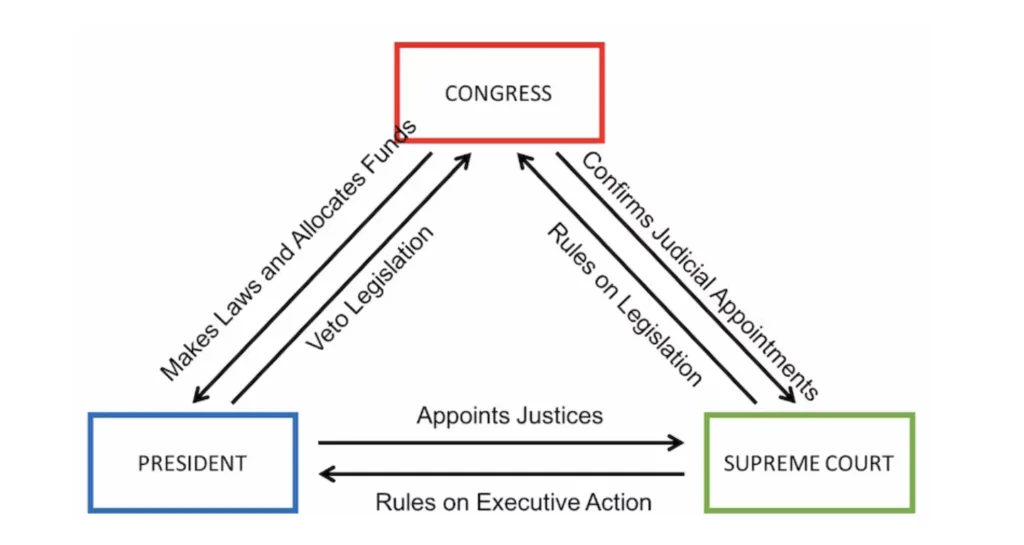Let's talk about coffee roasting
The very description of coffee roasting requires a lot of thought and careful selection of words that can accurately describe all the stages of this complex process

The very description of coffee roasting requires a lot of thought and careful selection of words that can accurately describe all the stages of this complex process. And because of this, I often had to stop and explain the appropriateness of using this or that word or expression. The inconsistency and excessive diplomacy of verbal presentation became especially obvious to me when describing uniform extraction in context.
So here is some information on how to talk about roasting coffee beans (although the process itself will be mentioned).
By expressing my subjective opinion in the post, I am prepared for disagreement from professionals. But my opinion will not be superfluous in order to find a common correct solution to the issue under consideration.
While we can all agree that the coffee roasting process is incredibly complex, we can also agree that it is monitored according to three criteria:
- color: from light to dark shades;
- development: from insufficient to excessive;
- speeds at the final stage of roasting: in the range of baking (baked) - stagnation (stalled).
And any roasting of aromatic beans is carried out within these six extremes. And having tried the drink, you will be able to determine the level of its compliance with the parameters of the three scales. Identification will not be difficult, because each taste expression is individual.
Coffee color
Simple and complicated at the same time. This is because color characteristics are used to describe absolutely all components of the scales. Therefore, it can be difficult to understand what exactly is being discussed. To put an end to this once and for all, it is worth remembering that the color of coffee is determined by the final roasting temperature.
Light roasts
They are characterized by low-temperature parameters in the roaster. As a result, energy production is reduced and a significant amount of amino acids and aromatic hydrocarbons are preserved.
Light roasts are characterized by complex fruity, floral, or citrusy flavors and acidity. They are traditionally considered to have less sweetness and body, but this cannot be attributed to the “lightness” of the roast alone, but must be considered based on a variety of factors.
And believe me, light roast coffee can surprise you with its sweet and rich taste.
Dark roasts
The high temperature, energy-generating settings of the roaster produce the dry distillation and Maillard reaction needed for dark roasts.
They are characterized by a slight acidity and a variety of very specific flavors of tobacco, toasted bread, burnt toffee, or ash. However, in experienced hands, dark roasts can acquire a quite acceptable taste. It is generally accepted that this type is characterized by sweetness and fullness of body, but in reality, the lack of flavor and sweetness is common for dark roasts.
Medium roast levels
They occupy a middle position between those already described and represent a compromise solution, as they are neither dark nor light. They can take on a variety of shades of brown. Medium roast is considered optimal for making espresso, and can also be used under a filter. And the "omni" roast, which is preferred by many roasters, can be used in both cases.
Development of grains
This is where all the stereotypes are destroyed. It is a mistake to think that a darker roast guarantees intense development of coffee. And it is also reckless to think that a light roast is a guaranteed undeveloped coffee. Do not trust the established stereotypes, because in fact it is impossible to determine development by color. Appearance and color are not absolute expressions of the internal development of the grain. That is why I insisted that a dark roast can be unsweetened, and a light roast can be too sweet. All this directly depends on development. Only it can give richness and sweet taste with any acceptable color of roast.
After roasting, any unwanted salty flavors of organic origin can no longer be detected in coffee that has reached its development stage. Wheat, grass, corn, stalks, or peanut shells are completely undetectable. The grain structure is divided just enough for the water that penetrates it to dissolve and release the substances that form the taste qualities. Very few roasters manage to detect and achieve coffee development.
Underdevelopment
Signs such as the presence of undesirable "green" flavors and a lower percentage of dissolved substances in water indicate underdevelopment, which is what most coffee roasters in all corners of the world exhibit on an objective and subjective level.
The entire coffee industry is demonstrating insufficient development of the beans during roasting, which leads to very significant consequences, including:
- reduction of effective extraction;
- the problem is in expanding the number of consumers, including by luring the adherents of dark roasting to the “side” of light roasting (this is almost impossible, because underdeveloped beans simply taste terrible).
Poor extraction, as well as insufficient development during roasting, are characterized by dryness and acidity of the beans. Moreover, these signs can be observed in any quality coffee, even in expensive green coffee. "Specialties" like to emphasize that their customers receive only a high-quality product for a lot of money, but with insufficient development of the beans, this is practically impossible.
Here's how to recognize when your roast isn't fully developed:
you have to grind it finer than you would for a similar coffee sample of the same color;
When making espresso from certain beans, you try to slow down the extraction rate in every possible way.
Visually, underdevelopment can be identified by a broken grain. Different coloring of the outer and inner layers indicates underdevelopment.
A perfectly acceptable method (but not the best) for increasing the development of coffee beans is dark roasting. On the one hand, this will significantly reduce the manifestation of undesirable tastes and increase solubility. But on the other hand, too high a temperature treatment will affect the bean itself - very overroasted and dark. This will again demonstrate a clear dissonance between the external and internal contents of the coffee beans.
There is only one way to correct this: correctly determine the time when it is necessary to add the required amount of heat during roasting. As a result, the bean will develop equally well both inside and outside at the stage of light or dark roasting. This is very important, so it is worth repeating that proper development gives a rich and intense sweet taste at any color of roasting.
Overdevelopment
Overdevelopment demonstrates good solubility and a complete absence of any unwanted "green" flavors. After all, the energy and time spent on roasting completely deprive the beans of their flavor qualities, making the drink empty. But this is unlikely to happen with Kenyan or Colombian varieties and is almost impossible with specialty coffee. Therefore, overdevelopment should not cause any concern.
Let's talk about roasting speed
This point requires special attention from the roaster. After all, at the final stage of the process, the beans become dry and brittle. Temperature control must be monitored with special care, because even a short-term jump can easily ruin the entire roast.
Baked process
"Baked" coffee is the result of increasing the roasting speed after the first crack. It will have any of the unsweetened flavors of a dark roast, even if the roast is not one. Even baked (at the very end) light roasts will be ashy, dry, and flavorless. Be careful not to fall into the trap of baked "dark" roasts. According to Sang Ho of Square Mile Coffee Roasters, this "death blow" of baking brings with it dryness, linear acidity, a lack of sweetness, and a nasty ashy flavor.
Coffee stagnating (Stalled)
This happens if the coffee temperature has not increased for a long time. Stagnation can occur during roasting, if the temperature drops even by a few degrees. And its duration directly leads to a decrease in the development of the beans. It is impossible to track stagnation without seeing the profile. Its characteristic features include an incomprehensibly thin and at the same time cardboard-waxy taste, a rather sharp acidity with a barely recognizable, inexpressive sweetness.
Perfect roast
The ideal processing can be achieved if you can increase the temperature after the first crack, while maintaining the roasting speed. And although for many these conditions will seem mutually exclusive, in reality they are quite feasible. A similar thing can be seen in the simple example of a slowing car that stops at a stop sign. So the temperature before and during the first crack should increase for a short time. And then, by inertia, the indicator increases after the first crack in order to gradually decrease towards the end. This uniform slowdown after the first crack up to a complete stop guarantees the ideal end of roasting. In addition, baking or stagnation processes during the period of speed reduction are completely excluded.
Therefore, it is safe to say that the absence of any difficulties during the process will guarantee you a perfect roast.
What's Your Reaction?





















